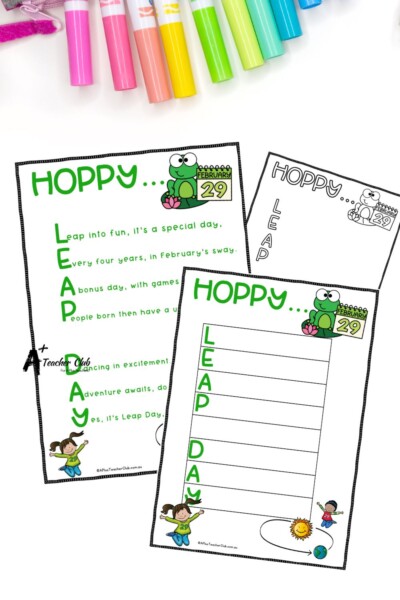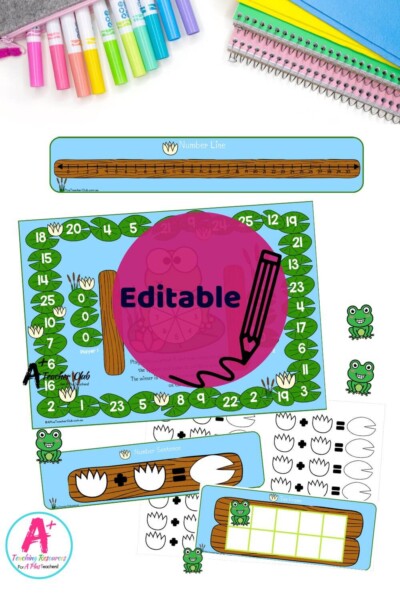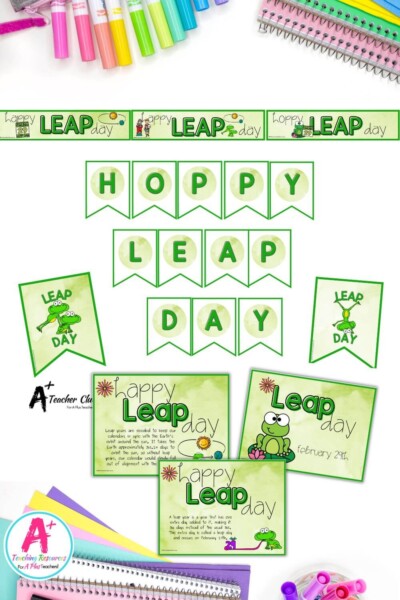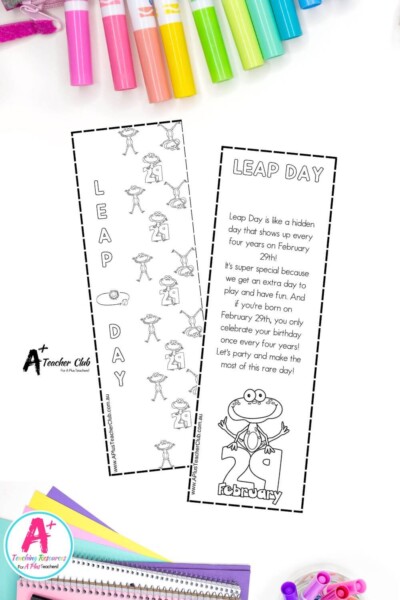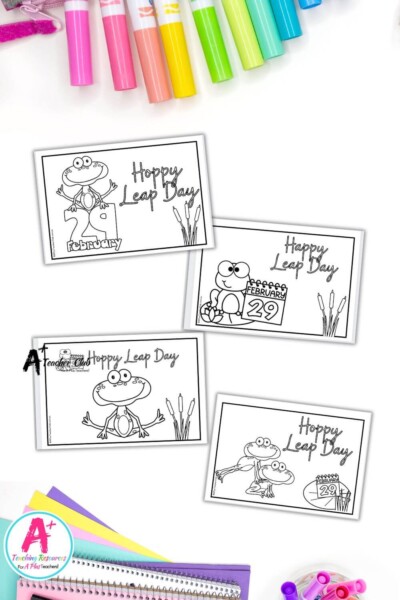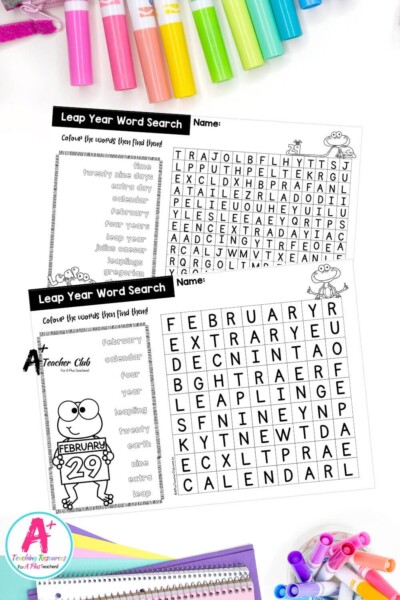Leap Year Classroom Activities
Special Days Resources
Looking for a splash of excitement with Leap Year Classroom Activities and ideas? Let’s dive into a world of fun-filled teaching printables to celebrate this rare calendar event! Leap years, popping up every four years, are like hidden gems in the calendar, waiting to be explored by curious young minds. With a sprinkle of creativity and a dash of enthusiasm, we can turn this once-in-a-blue-moon phenomenon into an educational extravaganza that’ll have our students jumping for joy!
So, buckle up and get ready to leap into learning like never before. With a touch of whimsy and a whole lot of laughter, let’s make this leap year an unforgettable journey of discovery for our eager young learners!
As educators, we’re constantly seeking creative ways to engage our young learners and make learning fun and memorable. One fascinating topic that offers a perfect blend of history, math, and curiosity is the concept of leap years. In this blog post, we’ll dive into the history behind leap years, understand why they occur, share some fun facts to captivate your students’ imaginations, provide a list of leap years for the last 100 years, and offer exciting activity ideas to bring this leap year phenomenon to life in your primary school classroom.
Why Do Leap Years Happen?
The Earth takes approximately 365.25 days to orbit the sun, creating a solar year. However, our calendar year consists of only 365 days. To account for this discrepancy, an extra day is added to our calendar every four years. This additional day, known as “Leap Day,” ensures that our calendar stays synchronised with the Earth’s orbit.
Without leap years, our calendar would gradually drift out of alignment with the seasons, causing holidays and seasonal events to occur at different times of the year. The rules governing leap years, including exceptions like years divisible by 100 but not by 400, are designed to fine-tune this adjustment and maintain accuracy over time.
History of Leap Years
The concept of leap years dates back to ancient times when civilizations first began to reckon with the complexities of the solar calendar. The early Roman calendar, for example, consisted of 10 months totalling 304 days, with winter months omitted. This irregular calendar caused significant confusion until Julius Caesar introduced the Julian calendar in 45 BCE. However, even this calendar didn’t perfectly align with the solar year.
It wasn’t until the 16th century that Pope Gregory XIII introduced the Gregorian calendar, which we still use today. This calendar adjusted for the discrepancy between the solar year and the calendar year by adding an extra day to February every four years, creating what we now know as a leap year.
Fun Facts About Leap Years
- Leap years occur every four years, except for years divisible by 100 but not by 400. This rule may seem complex, but it ensures that our calendar stays synchronized with the Earth’s orbit around the sun.
- The extra day added to February is known as “Leap Day” and falls on February 29th.
- People born on February 29th are called “leaplings” or “leapers” and only get to celebrate their actual birthday every four years.
- The chances of being born on February 29th are approximately 1 in 1,461.
- The concept of leap years exists in various cultures and civilizations, including the ancient Egyptians and the Chinese calendar.
Leap Years in the Last 100 Years:
Here’s a list of leap years in the last century:
- 1920
- 1924
- 1928
- 1932
- 1936
- 1940
- 1944
- 1948
- 1952
- 1956
- 1960
- 1964
- 1968
- 1972
- 1976
- 1980
- 1984
- 1988
- 1992
- 1996
- 2000
- 2004
- 2008
- 2012
- 2016
- 2020
Leap years offer a fascinating opportunity to explore history, mathematics, and culture in the classroom. By understanding why leap years happen, exploring fun facts, sharing a list of recent leap years, and incorporating engaging Leap Year Classroom Activities, primary school teachers can spark their students’ curiosity and deepen their understanding of this intriguing phenomenon. So let’s leap into learning together and make this leap year one to remember!
Resources listed in this collection
Click to jump to...-
Leap Day Agamograph Art
-
Leap Day Acrostic Poem Templates
-
Leap Day Addition Game Editable
-
Leap Day Addition within 30 Game
-
Leap Day Multiplication Facts Games
-
Leap Day Display Posters & Banner
-
Leap Day Crowns
-
Leap Day Colouring Bookmarks
-
Leap Day Paperchains
-
Leap Day Cards Templates
-
Leap Day Colouring Pages
-
Leap Day Word Search
Leap Year Classroom Activities
Explore tags
More Special Days & Celebrations Printables
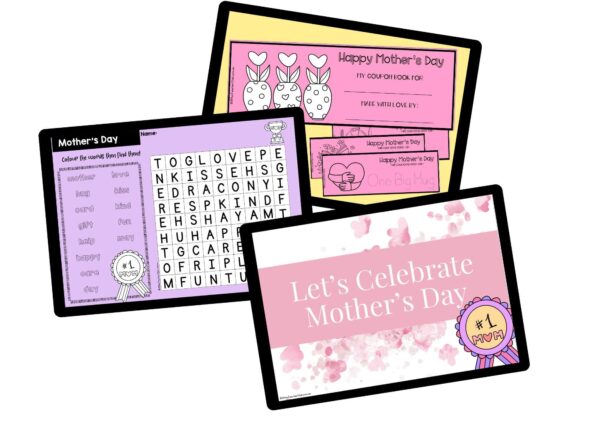
Mothers Day - Classroom Activities

Easter Maths - Multiplication Facts
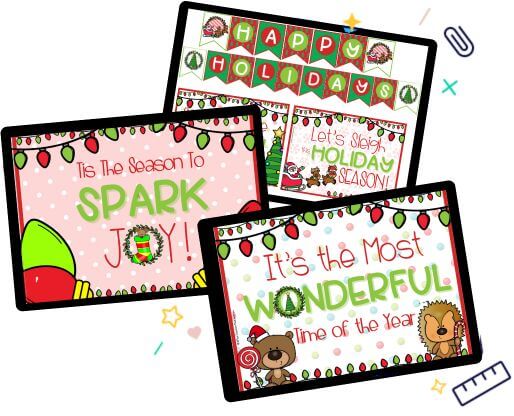
Christmas - December

Halloween - October

NAIDOC Week - July
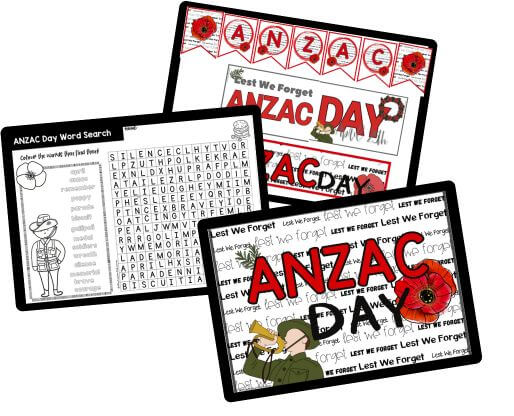
ANZAC DAY - April

Valentine's Day Classroom Activities
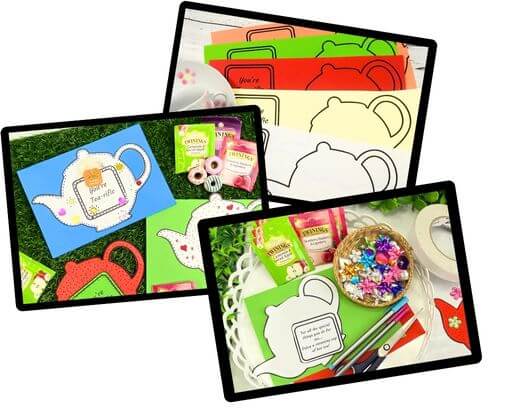
Mothers Day Teapot Card
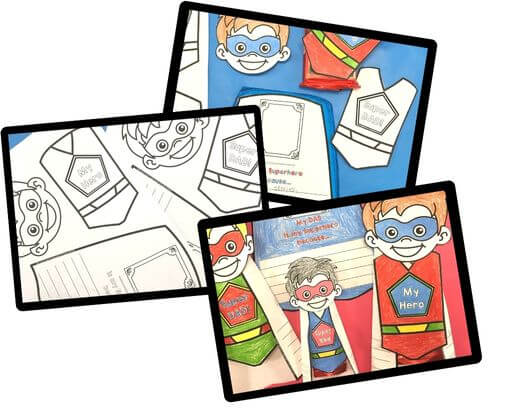
Father's Day Superhero Card

Mothers Day "Things I Love... " Flower Card

St Patrick's Day

Fathers Day No.1 Dad Card
Can't find what you're looking for?
Send us a request! Use this form to request a resource. Please give details of the learning area, topic, year level, curriculum links. We’ll be happy to take a look to see if we can fit it in. Unfortunately a request does not guarantee we will be able to make it!
"*" indicates required fields


